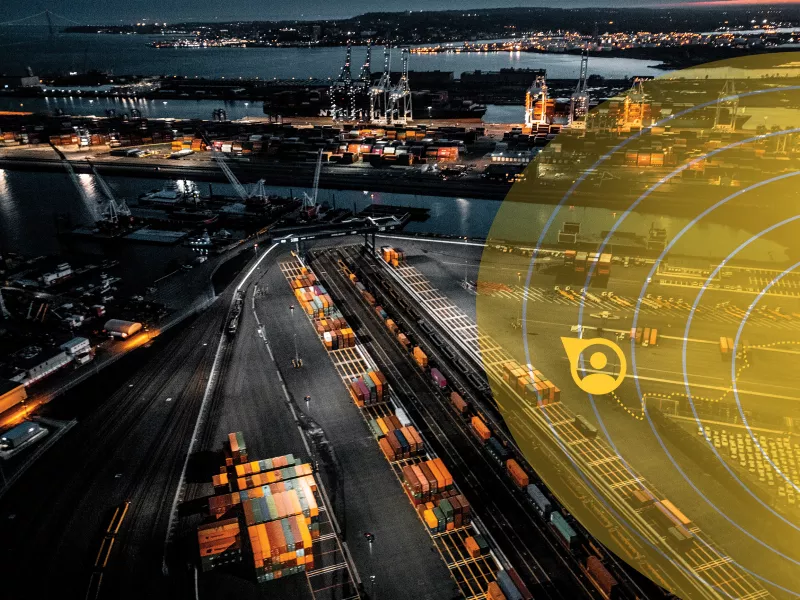
Network-based security radar
AXIS D2110-VE Security Radar is a smart, network-based device that uses advanced radar technology to offer extensive area coverage, while also providing the position and speed of the object. It’s ideal for protection in a variety of outdoor installations such as industrial areas or after-hours monitoring of parking lots and loading docks.
Thanks to built-in analytics developed using machine learning and deep learning, it can accurately detect, classify, and track people and vehicles with a low false alarm rate. Featuring a PoE output port, it’s easy to connect and power an external device such as a camera for visual verification or a network horn speaker to remotely address people and deter unwanted activity.
Key features include
- Extensive 180°area coverage
- Built-in analytics
- Low false alarm rate 24/7
- Smart coexistence functionality
- PoE output to power additional devices
Featuring the new generation Axis chip, this cost-effective product includes enhanced security features such as signed firmware and secure boot. Additionally, smart coexistence functionality allows the use of multiple radars close to each other. For instance, it’s possible to mount two radars back-to-back for complete 360°coverage.
What is radar technology, and how can it be used in a surveillance system?
The course gives you an introduction to radar technology and how Axis radars can be used in surveillance systems. You learn the basics about security radars and applicable radar technology. You also get an introduction to Axis radars and their capabilities. Through use cases, you learn about different radar implementations in a variety of surveillance systems.